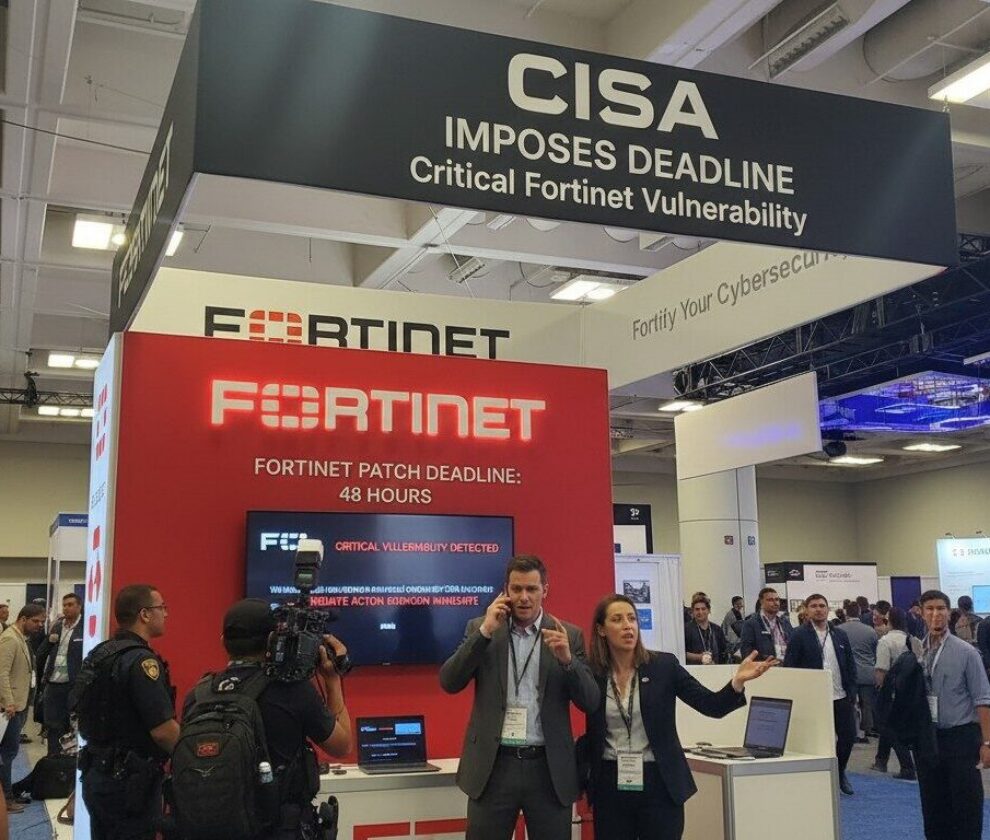A recent discovery has sent alarming ripples through the WordPress community. A critical vulnerability, identified as CVE-2025-9561, has been found in the popular WordPress plugin AP Background, specifically in versions 3.8.1 and 3.8.2. This flaw poses a severe threat to countless websites, potentially leaving them exposed to malicious attacks. For website administrators, addressing this issue is a matter of urgency.
Understanding the Vulnerability
AP Background, developed by hovanesvn, is a widely utilized plugin for customizing background settings on WordPress sites. Unfortunately, a grave security gap allows for the upload of arbitrary files due to insufficient authorization checks and poor file validation processes. More specifically, the function advParallaxBackAdminSaveSlider() is the culprit, permitting authenticated attackers—even those with minimal access, such as subscriber-level privileges—to upload unauthorized files to the server. This opens the door for dangerous exploits, including Remote Code Execution (RCE), jeopardizing the integrity and security of affected servers.
Assessing the Severity
The Common Vulnerability Scoring System (CVSS) rates this issue with a high severity score of 8.8. But what makes this vulnerability particularly worrisome? Consider the following:
- Even attackers with the lowest levels of access can exploit this flaw to trigger malicious actions.
- A single compromised file uploaded to your hosting environment could lead to full system takeover.
- Exploitation of this vulnerability requires no user interaction, making it stealthy and highly dangerous.
Who Is Most at Risk?
WordPress websites running versions 3.8.1 or 3.8.2 of the AP Background plugin are the most vulnerable. Sites hosted on shared or inadequately secured servers face an amplified level of risk. If your site fits this description, immediate action is imperative. Ensure your site’s security protocols are up to date to mitigate potential damages.
How to Detect Exploitation
Wondering if your site might already be compromised? Here are a few telltale signs of vulnerability exploitation:
- Unexplained PHP or other suspicious files appearing in your upload or plugin directories.
- Odd server logs, especially those with unexpected POST requests to upload endpoints.
- Spikes in resource usage, such as unexplained CPU or memory consumption.
Steps for Immediate Mitigation
Tackling a critical vulnerability like this requires prompt and decisive action. Follow these key mitigation steps to reduce risk:
- Upgrade or Disable the Plugin: Check for an updated, patched version of the plugin. If none is available, disable the plugin immediately to protect your site.
- Prevent PHP Execution: Set server rules to block PHP execution within the plugin’s or uploads’ directories.
- Implement a Web Application Firewall (WAF): Use a WAF to prevent unauthorized file uploads and malicious requests.
- Conduct a Security Audit: Assess your overall infrastructure for additional risks.
The Importance of Vigilant Cybersecurity
The discovery of vulnerabilities like CVE-2025-9561 underlines the importance of constant vigilance in cybersecurity. As online threats continue to evolve, website administrators must adopt a proactive approach to security by maintaining up-to-date plugins, monitoring server activity, and applying recommended safety measures.
Conclusion
Securing your WordPress environment against vulnerabilities like the one in AP Background is crucial to maintaining the safety and integrity of your digital assets. Regular updates, comprehensive monitoring, and rapid incident response are key components of robust cybersecurity. If you need expert assistance, My Own Detective offers cutting-edge cybersecurity solutions and an array of intelligence services tailored to fit your needs. Contact us today to safeguard your website against potential threats and reinforce your site’s defenses.


